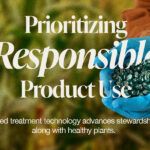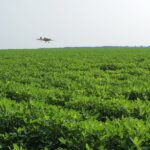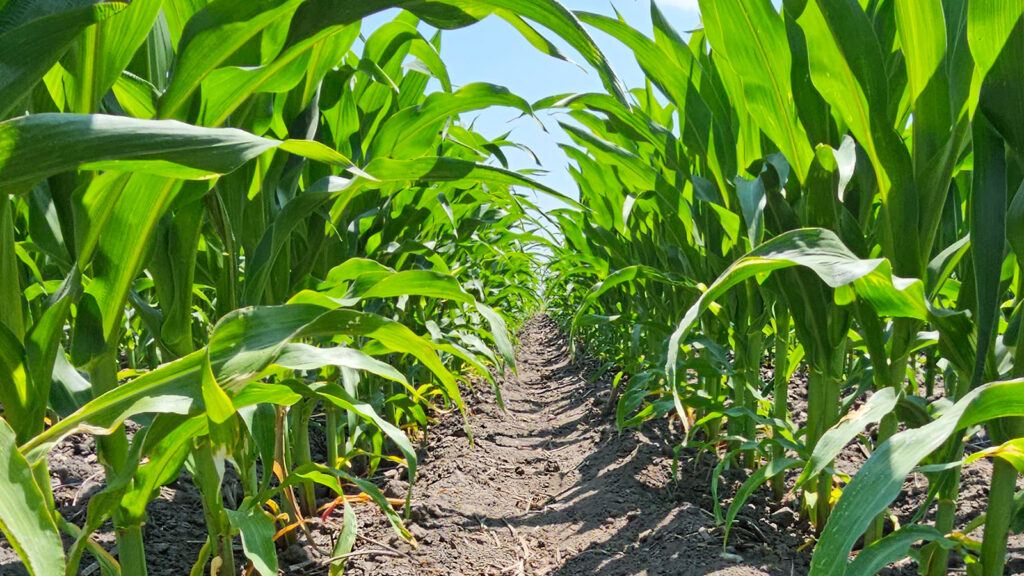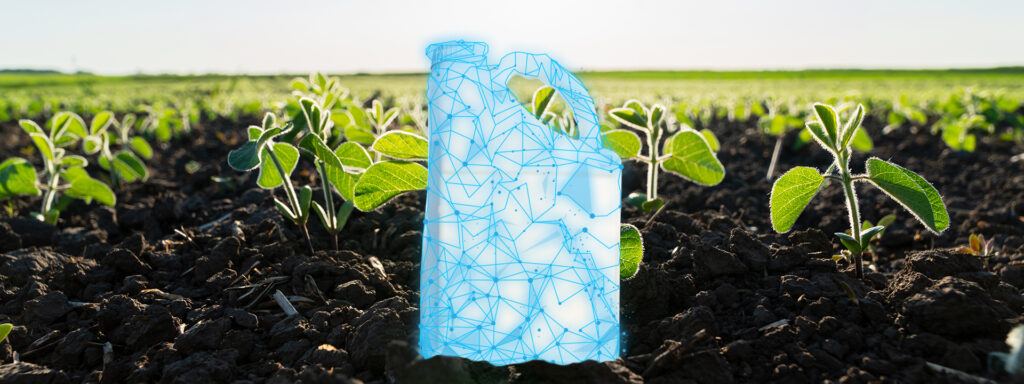Breaking Down Trade Barriers
Syngenta and its association partners are focused on maximizing the trade opportunities for U.S. crops worldwide.

U.S. farmers are among the most efficient in the world, says Ryan Findlay, industry relations lead for Syngenta. “We have the most abundant, most affordable, safest food supply, because of our technology and the farmers who implement that technology,” he says. “We are able to produce far more than we consume, making global trade crucial for U.S. agriculture.”
But the complexities of selling U.S. commodities internationally are constantly increasing. Staying ahead of it all are many agricultural associations and Syngenta employees who work every day with foreign countries to develop a marketing preference for U.S. commodities.
Negotiating Tariff Barriers
Tariff barriers have long been the impetus for free trade agreements beneficial to agriculture. “After we established NAFTA [North American Free Trade Agreement], we experienced rapid growth in trade with Canada and Mexico in agriculture,” Findlay says. With NAFTA under renegotiation, Syngenta is engaging with U.S. government officials to monitor and discuss the impacts of that renegotiation—and of any other free trade agreement.
“We have partnerships with groups like BIO [Biotechnology Innovation Organization], U.S. Grains Council and others to review proposals, make comments and discuss the impacts on farmers,” Findlay says. “The partnership with U.S. Grains Council is critical, because it is doing a lot of the work in trade agreements that’s going to be extremely beneficial for farmers moving forward.”
Tom Sleight, president and CEO of U.S. Grains Council, points to a current example of concern: a 5 percent tariff inhibiting exports of grain to Vietnam. “Vietnam is the fastest growing feed market in the world,” he says. “That 5 percent tariff was removed under the Transpacific Partnership, but we pulled out of that agreement, so it’s back on the table. We’re always on the lookout for similar tariff barriers. We’ve made a lot of progress, but taking their place have been nontariff barriers.”
Overcoming Nontariff Barriers
Those nontariff barriers encompass a variety of trade impediments. Maximum residue limits (MRLs) on approved pesticides are among the most crucial currently. “MRLs, in the last several months, command much more attention in global trade, almost rivaling biotech,” Sleight says. “Some people say they could become the new biotech in terms of trade barriers.”
A global standard exists for those residues, called Codex Alimentarius, but some countries are establishing their own MRLs. “That becomes a challenge when countries’ MRLs are below Codex,” Findlay says. “MRLs are a trading standard used to ensure the product was used as directed by the label. There is a rise in countries developing their own national MRL lists, instead of using Codex. This lack of acceptance and use of Codex MRLs may create nontariff trade barriers.”
Ninety-seven percent of anticipated population growth over the next 35 years will take place outside the U.S. The international market is where U.S. agriculture needs to be focused—and it is.
Europe, for example, has effectively created a ban on neonicotinoids, as officials there decide where to set the MRL, a major concern for U.S. farmers, Findlay says. “We’re meeting with the Europeans to explain what the products are, why we use them, their safety and the impact of MRLs on their access to grain.”
Approval of Genetically Engineered Traits
Biotechnology approvals can also present a kind of nontariff barrier and are a key focus for some agricultural associations. “The most important thing we can do for our members is advocate for biotech regulations around the world to be based on the best available science and not factor in issues, such as social or economic considerations,” says Matt O’Mara, vice president of BIO.
China and Europe are the two most significant markets of concern today, he says, where the average approval timeline lasts roughly five years. (The U.S. process typically takes two years or less.) He describes Chinese approval processes as unpredictable, nontransparent and often asynchronous—meaning technology is approved here, but not there.
“That time gap between approvals in exporting countries and approvals in importing countries represents a very significant problem for biotech companies,” O’Mara says. “Often a company will decide to restrict the commercialization of that product in the countries where the product has been approved.”
Part of the problem is that China won’t allow companies to even submit a product for review, until it is already approved in the cultivating country, creating an immediate delay of about two years, says Sarah Lukie, managing director of regulatory and multilateral affairs for plant biotechnology at CropLife International. China’s often-unscientific requirements further delay the process.
“In-country field trials are required, for example, for a product that’s simply being brought in for food or feed processing,” Lukie says. “If it is a product intended to just be used for food and feed processing, then obviously the risk assessment should flow from that use.”
Trade will continue to be the lifeblood of U.S. agriculture, given that about 97 percent of the world’s population lives outside its borders. “And 97 percent of anticipated population growth over the next 35 years will take place outside the U.S.,” Sleight says. “The international market is where U.S. agriculture needs to be focused—and it is.”























